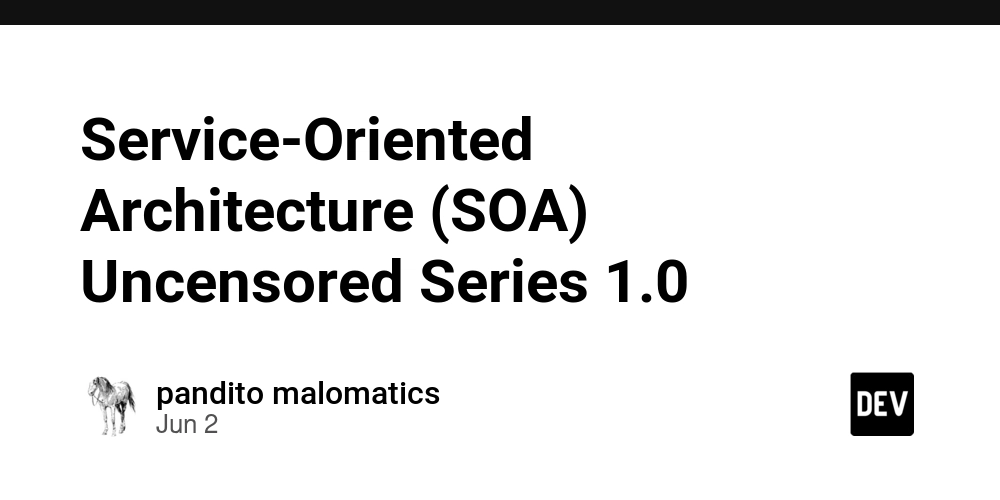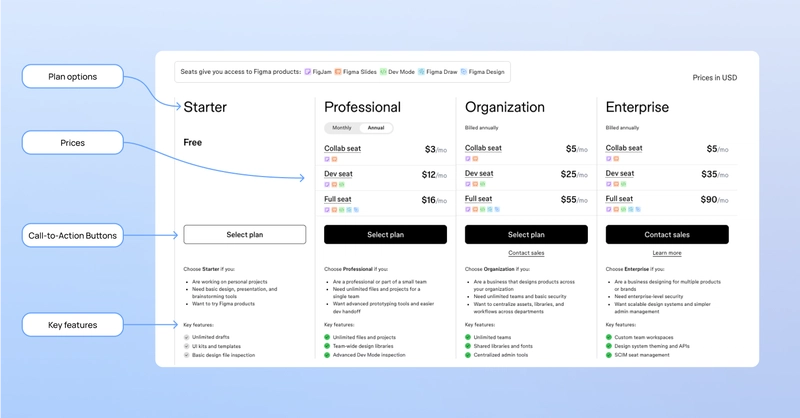How to Translate Spanish to Italian Effectively: A Practical Guide
If you're searching for the most reliable translator to help you translate Spanish to Italian, you’re not alone. With globalization, remote work, and multicultural commerce on the rise, cross-language communication is more important than ever. From individuals learning a new language to businesses localizing their content, the ability to translate accurately and efficiently has become a top priority. Spanish and Italian, both Romance languages, share Latin roots—but that doesn't mean they're interchangeable. Translating between the two requires attention to grammar, context, tone, and nuance. In this guide, we’ll cover the tools, techniques, and best practices that will help you translate Spanish to Italian with greater accuracy and confidence. Why Translating Spanish to Italian Isn’t Always Straightforward At first glance, Spanish and Italian appear similar: they use comparable sentence structures, have overlapping vocabulary, and share many linguistic features. However, these surface-level similarities can be misleading. Common pitfalls include: False cognates (e.g., "embarazada" in Spanish means pregnant, not embarrassed) Differences in formality (using "Lei" vs. "tu" in Italian) Word order and syntax differences that can affect meaning To truly translate Spanish to Italian accurately, you need more than basic language skills—you need cultural awareness, grammar expertise, and access to context-specific vocabulary. Choosing the Right Tools With so many tools available today, deciding how to translate Spanish to Italian often starts with selecting the right platform. Here’s a breakdown of your options: 1. Machine Translation Tools Free tools like Google Translate or DeepL offer fast results and are often good enough for personal use or informal messages. But they have limitations: Lack of control over tone and formality No human oversight for idioms or cultural context Limited usefulness for sensitive or professional content If you're using them for anything beyond basic communication, always have a fluent speaker review the output. 2. Computer-Assisted Translation (CAT) Tools CAT tools help translators by storing previously translated phrases, managing terminology, and maintaining consistency across large projects. These are ideal for: Legal, technical, or medical translation Websites and product manuals Long-term translation workflows They often include features like translation memory and glossaries, which are crucial for ensuring consistency. 3. Human Translators When precision and nuance matter most, such as legal documents, literature, or branded marketing content, nothing beats a professional human translator. Certified translators who specialize in both languages and specific industries are your best bet when accuracy is critical. Best Practices to Translate Spanish to Italian Accurately Whether you're using technology, hiring a professional, or doing it yourself, keep these tips in mind: 1. Know Your Audience Your translation must match the tone and expectations of the reader. A marketing campaign might need a conversational tone, while legal contracts demand formal and precise language. 2. Understand Formality Levels Spanish and Italian both have formal and informal pronouns. Using the wrong one can lead to confusion—or even come across as rude. 3. Avoid Literal Translation Word-for-word translations rarely work. Instead, focus on the intent behind the sentence and convey that in the target language. 4. Use Glossaries and Style Guides If you’re translating for a brand or specific industry, always refer to approved terminology lists. This ensures consistency and avoids misinterpretation. 5. Review, Review, Review Even the most reliable translator makes mistakes. Always proofread or have a second set of eyes review your translation to catch any errors in grammar, tone, or meaning. Use Cases: When You Need to Translate Spanish to Italian Education & Academia From research papers to course syllabi, schools and universities often need multilingual content that maintains its scholarly tone. Healthcare & Medical Fields Patient forms, clinical studies, and pharmaceutical documentation must be translated with extreme precision to ensure safety and compliance. Legal & Government Legal contracts, immigration documents, and public policies require careful handling and correct legal terminology in both languages. eCommerce & Marketing Product listings, ads, and user interfaces often need to be localized from Spanish to Italian to reach new audiences and maintain brand tone. How to Evaluate Translation Quality Whether you're assessing your own work or reviewing someone else’s, look for these signs of a high-quality translation: Fluent, natural sentence structure (not robotic or overly literal) Correct use of gender, number, and verb tense Clear,

If you're searching for the most reliable translator to help you translate Spanish to Italian, you’re not alone. With globalization, remote work, and multicultural commerce on the rise, cross-language communication is more important than ever. From individuals learning a new language to businesses localizing their content, the ability to translate accurately and efficiently has become a top priority.
Spanish and Italian, both Romance languages, share Latin roots—but that doesn't mean they're interchangeable. Translating between the two requires attention to grammar, context, tone, and nuance. In this guide, we’ll cover the tools, techniques, and best practices that will help you translate Spanish to Italian with greater accuracy and confidence.
Why Translating Spanish to Italian Isn’t Always Straightforward
At first glance, Spanish and Italian appear similar: they use comparable sentence structures, have overlapping vocabulary, and share many linguistic features. However, these surface-level similarities can be misleading.
Common pitfalls include:
- False cognates (e.g., "embarazada" in Spanish means pregnant, not embarrassed)
- Differences in formality (using "Lei" vs. "tu" in Italian)
- Word order and syntax differences that can affect meaning
To truly translate Spanish to Italian accurately, you need more than basic language skills—you need cultural awareness, grammar expertise, and access to context-specific vocabulary.
Choosing the Right Tools
With so many tools available today, deciding how to translate Spanish to Italian often starts with selecting the right platform. Here’s a breakdown of your options:
1. Machine Translation Tools
Free tools like Google Translate or DeepL offer fast results and are often good enough for personal use or informal messages. But they have limitations:
- Lack of control over tone and formality
- No human oversight for idioms or cultural context
- Limited usefulness for sensitive or professional content
If you're using them for anything beyond basic communication, always have a fluent speaker review the output.
2. Computer-Assisted Translation (CAT) Tools
CAT tools help translators by storing previously translated phrases, managing terminology, and maintaining consistency across large projects. These are ideal for:
- Legal, technical, or medical translation
- Websites and product manuals
- Long-term translation workflows
They often include features like translation memory and glossaries, which are crucial for ensuring consistency.
3. Human Translators
When precision and nuance matter most, such as legal documents, literature, or branded marketing content, nothing beats a professional human translator. Certified translators who specialize in both languages and specific industries are your best bet when accuracy is critical.
Best Practices to Translate Spanish to Italian Accurately
Whether you're using technology, hiring a professional, or doing it yourself, keep these tips in mind:
1. Know Your Audience
Your translation must match the tone and expectations of the reader. A marketing campaign might need a conversational tone, while legal contracts demand formal and precise language.
2. Understand Formality Levels
Spanish and Italian both have formal and informal pronouns. Using the wrong one can lead to confusion—or even come across as rude.
3. Avoid Literal Translation
Word-for-word translations rarely work. Instead, focus on the intent behind the sentence and convey that in the target language.
4. Use Glossaries and Style Guides
If you’re translating for a brand or specific industry, always refer to approved terminology lists. This ensures consistency and avoids misinterpretation.
5. Review, Review, Review
Even the most reliable translator makes mistakes. Always proofread or have a second set of eyes review your translation to catch any errors in grammar, tone, or meaning.
Use Cases: When You Need to Translate Spanish to Italian
Education & Academia
From research papers to course syllabi, schools and universities often need multilingual content that maintains its scholarly tone.
Healthcare & Medical Fields
Patient forms, clinical studies, and pharmaceutical documentation must be translated with extreme precision to ensure safety and compliance.
Legal & Government
Legal contracts, immigration documents, and public policies require careful handling and correct legal terminology in both languages.
eCommerce & Marketing
Product listings, ads, and user interfaces often need to be localized from Spanish to Italian to reach new audiences and maintain brand tone.
How to Evaluate Translation Quality
Whether you're assessing your own work or reviewing someone else’s, look for these signs of a high-quality translation:
- Fluent, natural sentence structure (not robotic or overly literal)
- Correct use of gender, number, and verb tense
- Clear, culturally appropriate language
- No grammar or spelling errors
- Consistent terminology across the document
If the output doesn’t check these boxes, it’s time to edit—or switch tools.
Final Thoughts
To translate Spanish to Italian with confidence, you need a combination of the right tools, knowledge of both languages, and an eye for detail. While machine translation has come a long way, it’s not always the most reliable translator for complex or professional use cases. Human oversight, terminology control, and context will always play a critical role.
Whether you're translating academic material, business contracts, or product content, take the time to choose the best method for your needs. With practice—and the right resources—you’ll deliver translations that are accurate, clear, and culturally appropriate.














































































































































































![[The AI Show Episode 150]: AI Answers: AI Roadmaps, Which Tools to Use, Making the Case for AI, Training, and Building GPTs](https://www.marketingaiinstitute.com/hubfs/ep%20150%20cover.png)
![[The AI Show Episode 149]: Google I/O, Claude 4, White Collar Jobs Automated in 5 Years, Jony Ive Joins OpenAI, and AI’s Impact on the Environment](https://www.marketingaiinstitute.com/hubfs/ep%20149%20cover.png)


























































































































![[DEALS] The All-in-One CompTIA Certification Prep Courses Bundle (90% off) & Other Deals Up To 98% Off – Offers End Soon!](https://www.javacodegeeks.com/wp-content/uploads/2012/12/jcg-logo.jpg)


![How to Survive in Tech When Everything's Changing w/ 21-year Veteran Dev Joe Attardi [Podcast #174]](https://cdn.hashnode.com/res/hashnode/image/upload/v1748483423794/0848ad8d-1381-474f-94ea-a196ad4723a4.png?#)














































_GvHa2ZS.png?width=1920&height=1920&fit=bounds&quality=70&format=jpg&auto=webp#)












































































.webp?#)













_ArtemisDiana_Alamy.jpg?width=1280&auto=webp&quality=80&disable=upscale#)








































































































![WWDC 2025 May Disappoint on AI [Gurman]](https://www.iclarified.com/images/news/97473/97473/97473-640.jpg)
![Apple to Name Next macOS 'Tahoe,' Switch to Year-Based OS Names Like 'macOS 26' [Report]](https://www.iclarified.com/images/news/97471/97471/97471-640.jpg)
![Sonos Father's Day Sale: Save Up to 26% on Arc Ultra, Ace, Move 2, and More [Deal]](https://www.iclarified.com/images/news/97469/97469/97469-640.jpg)







































































